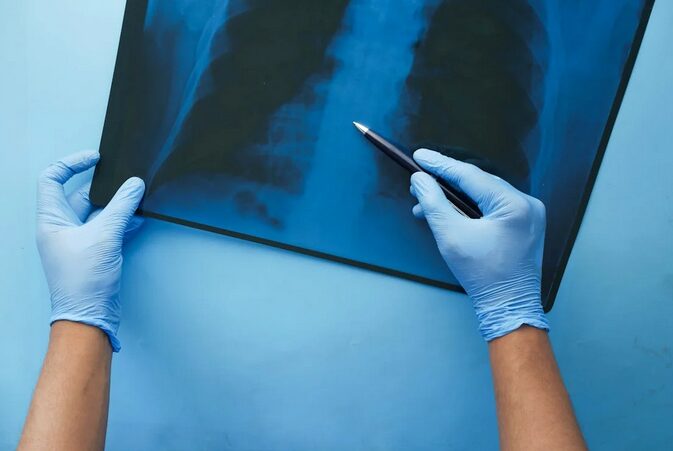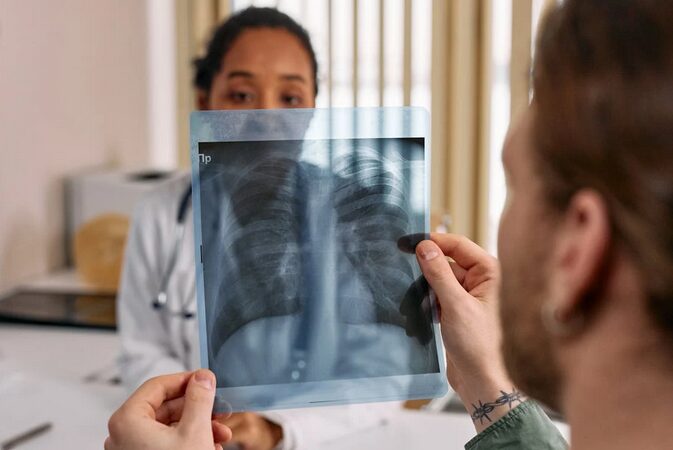Lung transplants are life-changing procedures that can offer a new lease on life for those suffering from severe respiratory conditions. But what leads someone to this critical juncture? The journey often begins with chronic lung diseases that progressively damage the airways and tissues, making everyday breathing a daunting challenge. Understanding these underlying conditions is essential, as they highlight why some patients may need a transplant to survive. With the latest advancements in medicine, some surgeries use robots for operations. Visit https://scrubsmag.com/doctors-use-robot-to-complete-lung-transplant-in-groundbreaking-surgery/ for more information.
Now, let’s take an insightful look into these ailments and explore how they impact lung health and the necessity for transplantation.
Chronic Obstructive Pulmonary Disease
Chronic Obstructive Pulmonary Disease, or COPD, is a progressive lung condition that affects millions worldwide. It primarily includes emphysema and chronic bronchitis, both of which lead to breathing difficulties. People with COPD often experience symptoms like wheezing, chest tightness, and frequent coughing. These signs can significantly impact daily activities and overall quality of life. Over time, the airflow limitation becomes more pronounced. Smoking is the leading cause of COPD; however, long-term exposure to air pollutants and occupational dust can also contribute to its development. As this disease advances, treatment options may become less effective.
Pulmonary Fibrosis
Pulmonary fibrosis is a progressive lung disease marked by scarring of lung tissue. This thickening and stiffening can make it increasingly difficult for patients to breathe. As the lungs become less flexible, oxygen transfer becomes compromised. The exact cause often remains unknown, but various factors contribute. Environmental toxins, certain medications, and underlying medical conditions are common culprits. Genetics may also play a role in this complex condition. Symptoms typically start subtly with shortness of breath during exertion or a chronic dry cough.
Cystic Fibrosis

Cystic fibrosis is a genetic disorder that primarily affects the lungs and digestive system. It causes thick, sticky mucus to build up in various organs, leading to severe respiratory issues. Individuals with cystic fibrosis often experience frequent lung infections. This occurs because the thickened mucus traps bacteria, making it difficult for the body to clear them out. Over time, this can lead to significant lung damage. Aside from respiratory challenges, cystic fibrosis also impacts digestion. The pancreas struggles to deliver enzymes necessary for breaking down food. As a result, patients may face nutritional deficiencies and gastrointestinal problems.
Interstitial Lung Disease (ILD)
Interstitial Lung Disease (ILD) refers to a diverse group of lung disorders that result in scarring or inflammation of the lung tissue. This damage can hinder the lungs’ ability to transfer oxygen into the bloodstream, leading to respiratory difficulties. Symptoms often include shortness of breath and a persistent dry cough. These can worsen over time, significantly affecting daily activities and overall quality of life. The exact cause of ILD is frequently unknown but may be linked to environmental factors, certain medications, or autoimmune diseases. In some cases, it develops without any apparent trigger. Diagnosis typically involves imaging tests like CT scans and pulmonary function tests.
Bronchiectasis

Bronchiectasis is a condition marked by the abnormal widening of the airways. This leads to an accumulation of mucus, making it difficult for patients to clear their lungs effectively. The persistent buildup creates an ideal environment for infections. As a result, individuals may experience frequent bouts of coughing and breathlessness. Common causes include chronic infections, genetic disorders, and autoimmune diseases. Each factor contributes to the progressive nature of this lung disease. Symptoms can vary from mild to severe but often include wheezing and a feeling of tightness in the chest.
Lung transplants are complex but life-changing procedures. Various conditions can lead a patient down this path, each presenting unique challenges and symptoms. Each patient’s journey towards considering a transplant varies greatly based on their specific diagnosis and overall health condition at the time they begin evaluating options for advanced care solutions like transplantation. We hope that you have found this blog post helpful.

